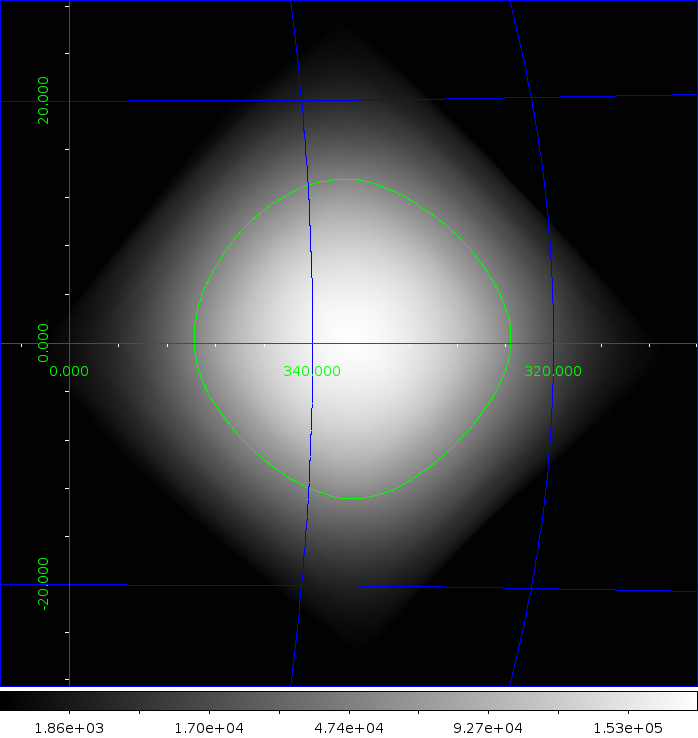Proposal Details - 1120034
Characterizing the periastron environment in the SFXT IGR J16328-4726 with INTEGRAL and XMM-Newton (Fiocchi)
Proposal Abstract
Investigating the poorly understood accretion mechanism producing the short flares observed from the SFXTs is a key tool in placing these X-ray binaries in the wider context of the HMXBs. Studies of this X-ray binary class are fundamental to understanding the evolution of massive stars, to determining the chemical enrichment of the Galaxy and to give a significant contribution to studying the neutron star equation of the state. Current theories are based on a mass transfer via an isotropic and inhomogeneous clumpy wind or via accretion from anisotropic supergiant wind or on the high magnetic field of neutron stars (>10^14 G) regulating the duration and peak luminosity of the outbursts. Outbursts of IGR J16328-4726 occur at a restricted phase range (likely near to the periastron passage) of its orbital period (10.068+/-0.002 days), allowing us to predict them and to plan pointed observations. Two short (~15ks) XMM-Newton observations simultaneous with long (200 ks) INTEGRAL observations are proposed to be performed at periastron. Using both XMM-Newton and INTEGRAL instruments one will measure the instantaneous accretion rate, the broad band spectral shape and the absorption column density local to the source. These simultaneous observations will provide with the best opportunity to know the circumstellar wind environment, needed to discriminate between different physical mechanisms proposed to explain SFXTs.
Observation Strategy (Recommended by TAC)
Total of 200 ks, using a standard 5x5 dither pattern centered at RA, Dec (J2000.0, in degrees) = 248.158, -47.395 (l,b = 336.748, 0.422 degrees). The observations should be done during orbital phases 0.4-0.6 around the periastron. The INTEGRAL observations will be accompanied by two XMM-Newton observations of 15 ks each, within the 0.4-0.6 orbital phase range.
Proposal grade: C
Data Rights (Recommended by TAC)
Data rights were granted for IGR J16328-4726 only.
Exposure Map
The exposure maps are in galactic coordinates using the Aitoff projection and units of seconds, and the colour scale is indicated at the bottom. The green lines provide the 100, 300 and 500 ksec contour.
